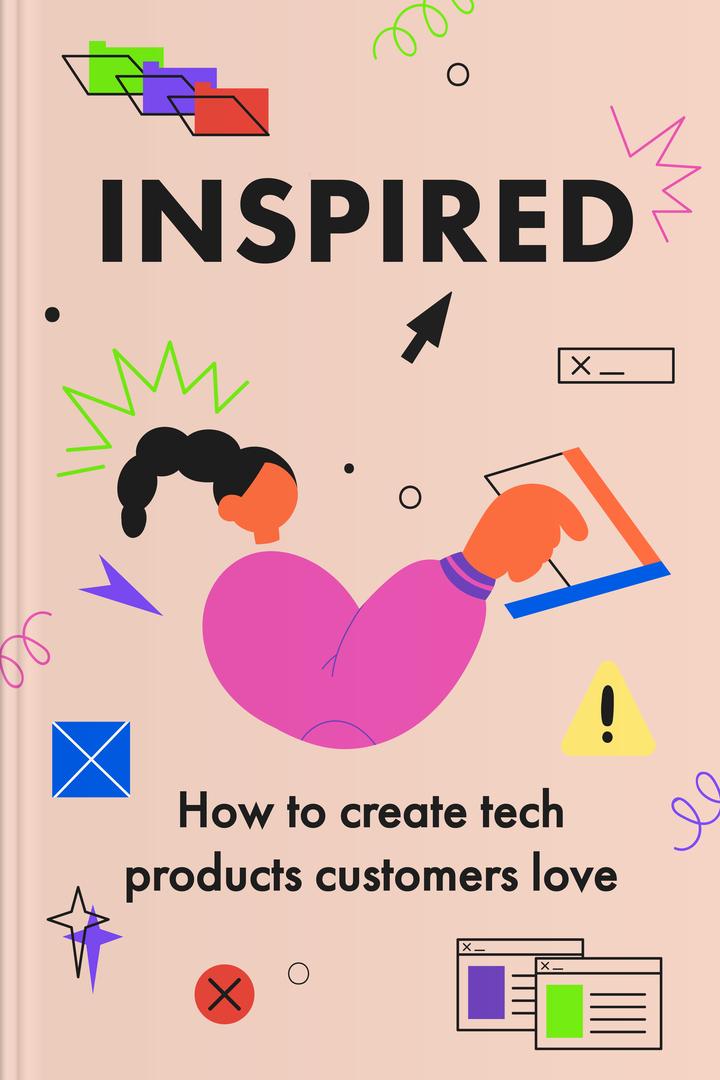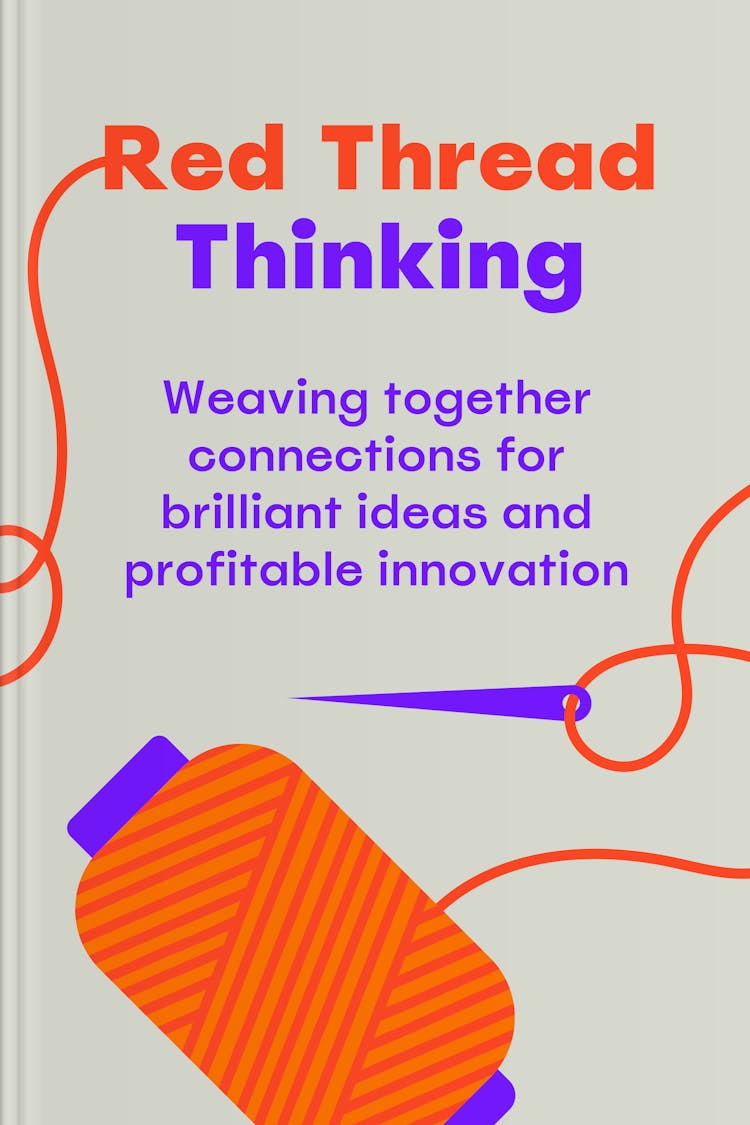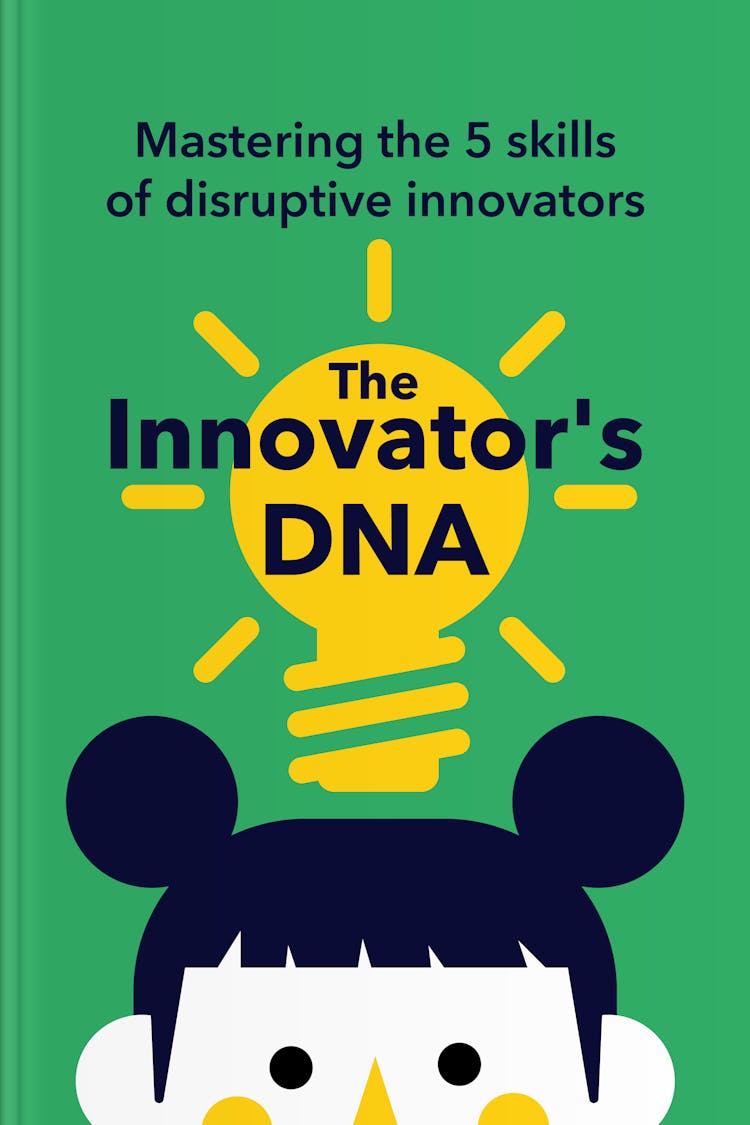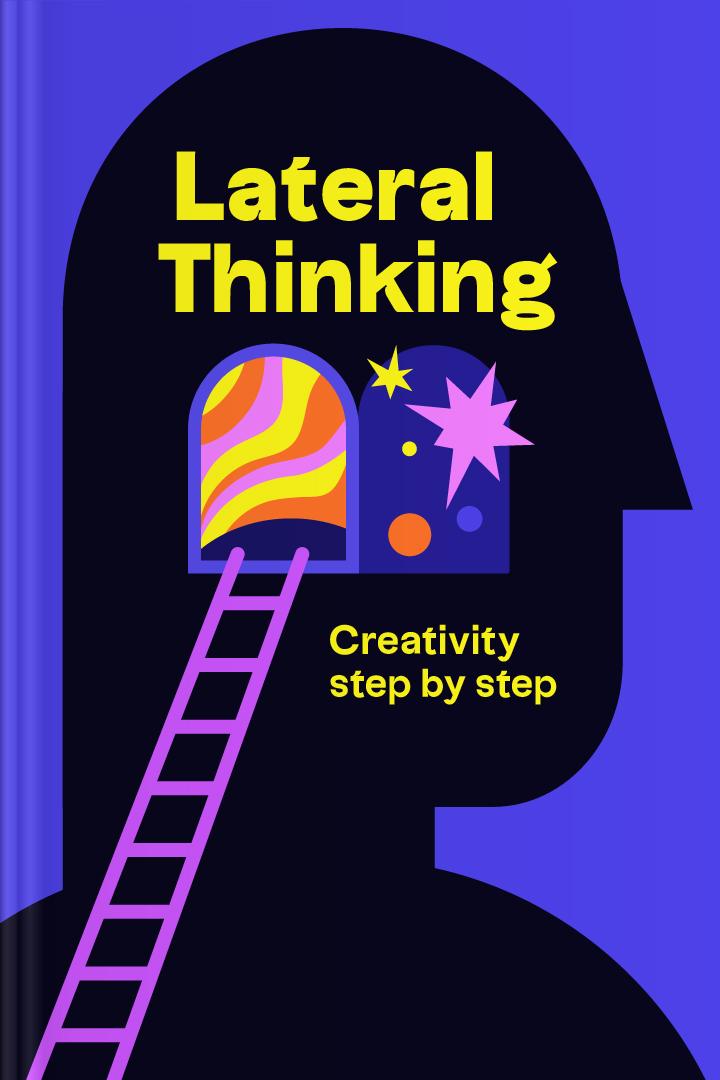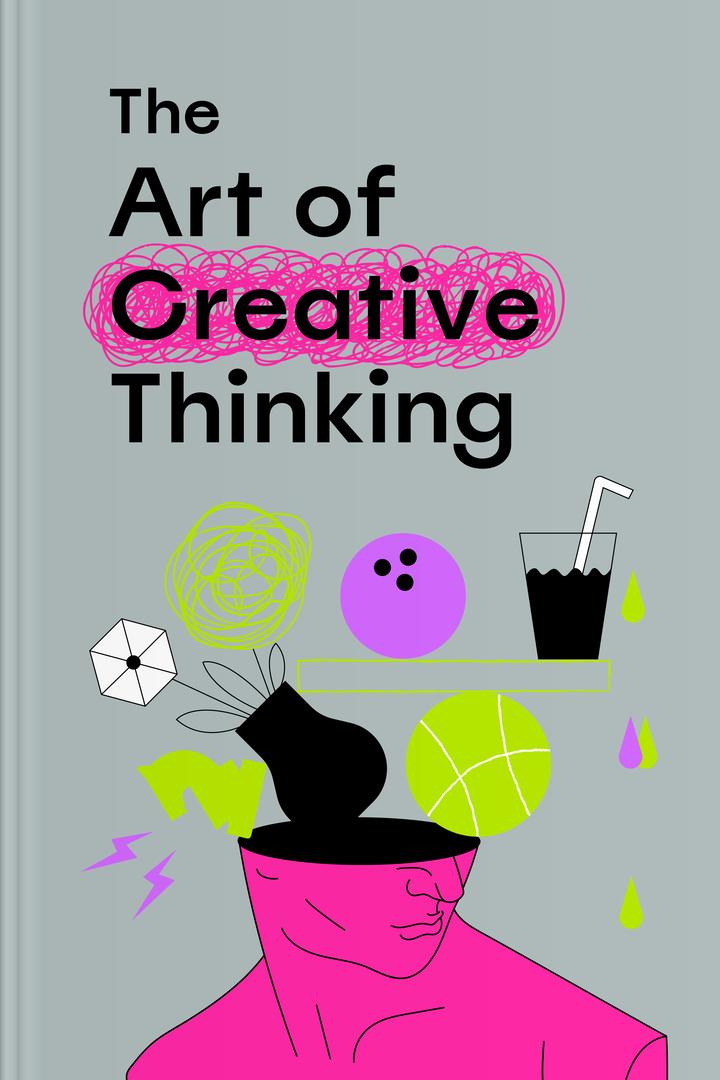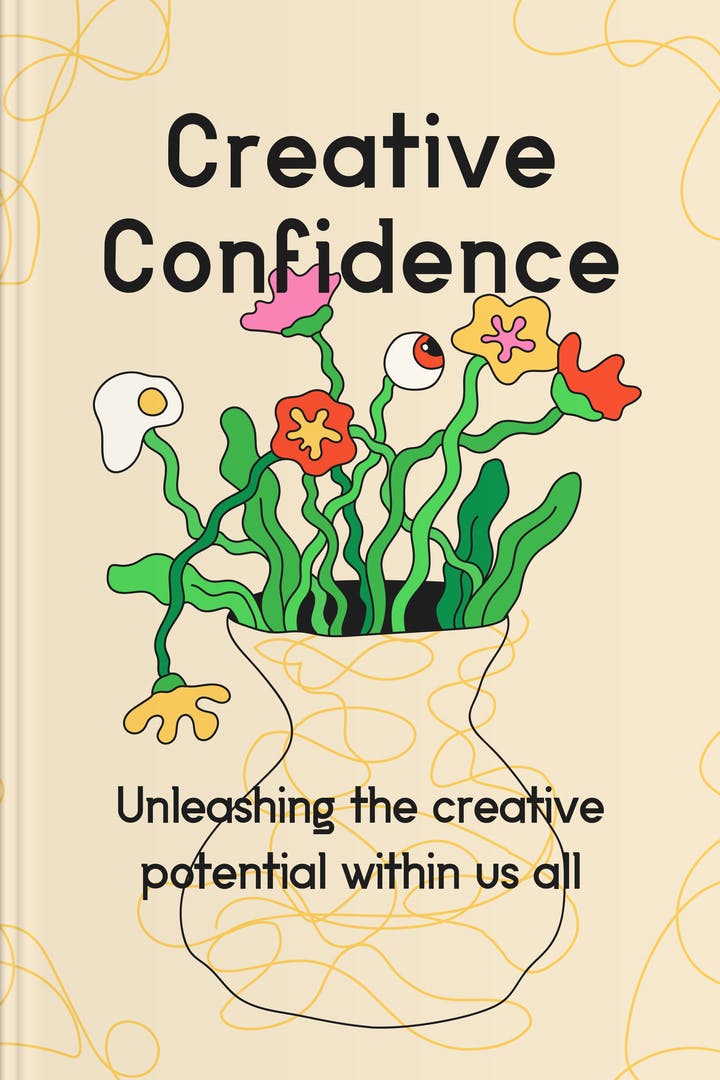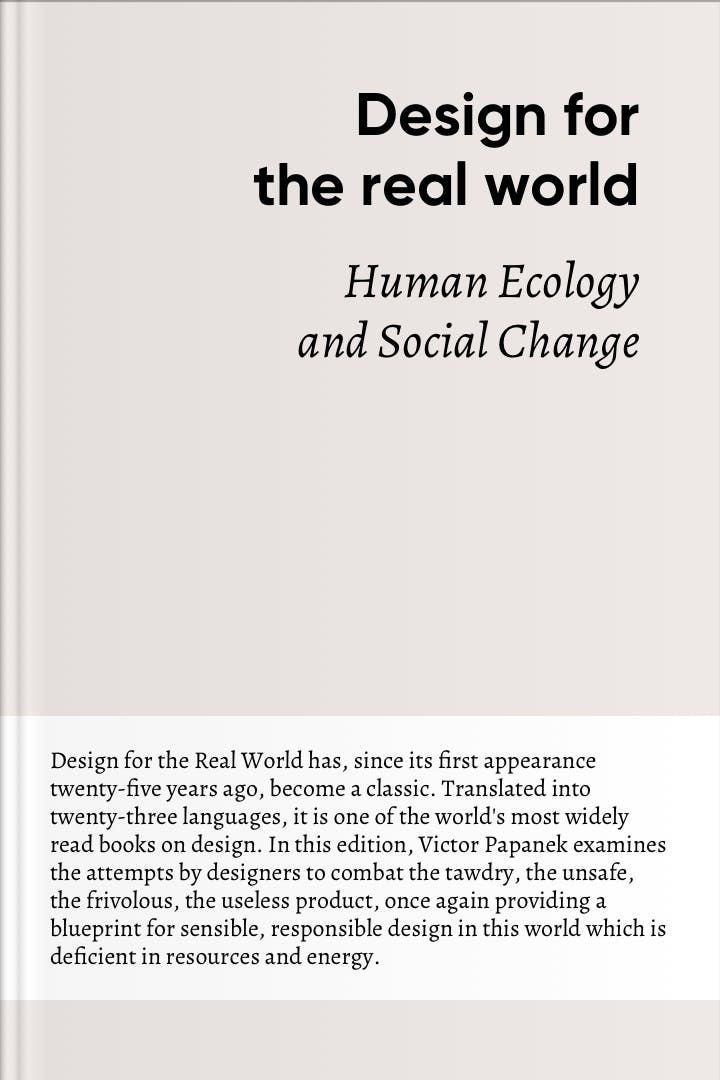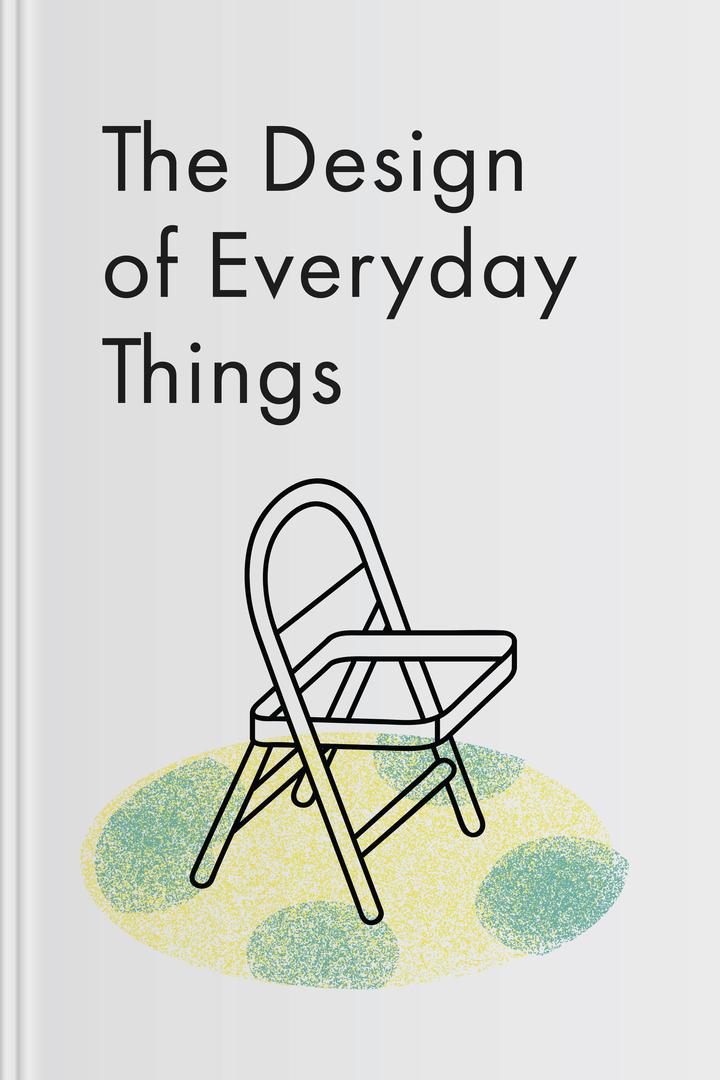What is Sprint about?
This practical guide introduces a unique five-day process for tackling complex problems and testing ideas efficiently. Designed for teams, it emphasizes rapid prototyping and user feedback, allowing innovators to validate concepts quickly. With step-by-step instructions and real-world examples, it empowers readers to streamline decision-making and boost creativity, making it an essential resource for entrepreneurs, product managers, and anyone looking to transform their approach to challenges.

